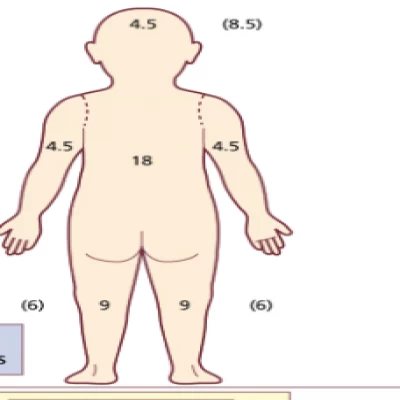مجلات علمية

Introduction of tuberculosis
Tuberculosis (TB) is an infectious bacterial disease caused by Mycobacterium. The bacteria primarily affects the lungs, but other organs such as the kidney, and the brain can be attacked too.
Germs can enter the body through contaminated droplets from cough or sneeze. Tuberculosis can cause death if it is left untreated
Types of tuberculosis
There are two categories of tuberculosis infection
Active tuberculosis infection
It is an infection in which bacteria attack organs and cause tuberculosis typical symptoms such as chest pain, phlegm, cough, and weakness, loss of appetite, high temperature, chills and sweating at night
People with active tuberculosis can be contagious to others and certain precautions should be taken if someone is diagnosed with TB. Contacted people should be tested and isolated
There is a rare form of active tuberculosis infection called Miliary TB that could occur when the bacteria spreads into the bloodstream causing fatal symptoms
Latent tuberculosis infection
People with latent tuberculosis infection don’t experience any symptoms and their chest
x-rays are normal
weak immune system could develop the disease into an active infection
Secondary or Reactivated Tuberculosis
Secondary TB occurs when old lesions are reactivated or primary tuberculosis progress into a chronic form. Secondary tuberculosis stimulates the immunologic reaction of the host leading to extensive tissue damage
Tuberculosis diagnosis
Tuberculosis can be detected in the body through many ways
Skin test
It is the most used test
Doctors inject a small amount of a chemical substance called tuberculin under the skin. The appearance of red plumps means a positive result
This test is not 100% accurate and can give a false-negative result if you are vaccinated with the BCG vaccine
Blood test
the detection of tuberculosis antibodies is an effective tool to diagnose tuberculosis infection
Doctors also use this test for vaccinated people
Imaging tests
Chest X-ray or a CT scan can detect any white spots or changes in the lung
Sputum tests
Physicians screen a sample of sputum to know the strains of tuberculosis bacteria that you have
This test helps doctors to choose the most effective treatment for the disease
Tuberculosis treatment
Many drugs can treat tuberculosis
The First empirical therapy contains a four-drug regimen: rifampin, rifampin, isoniazid, pyrazinamide, and streptomycin or ethambutol. Once the strain is confirmed by a sputum test, doctors discontinue ethambutol or streptomycin. The duration of therapy depends on the severity of the infection
Most patients take from 9-12 months to get recovery
Medications should be taken in time and the drug course must be completed





.webp)
